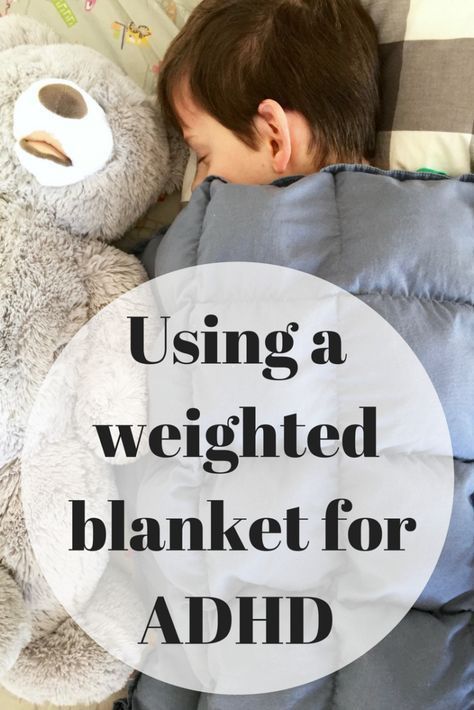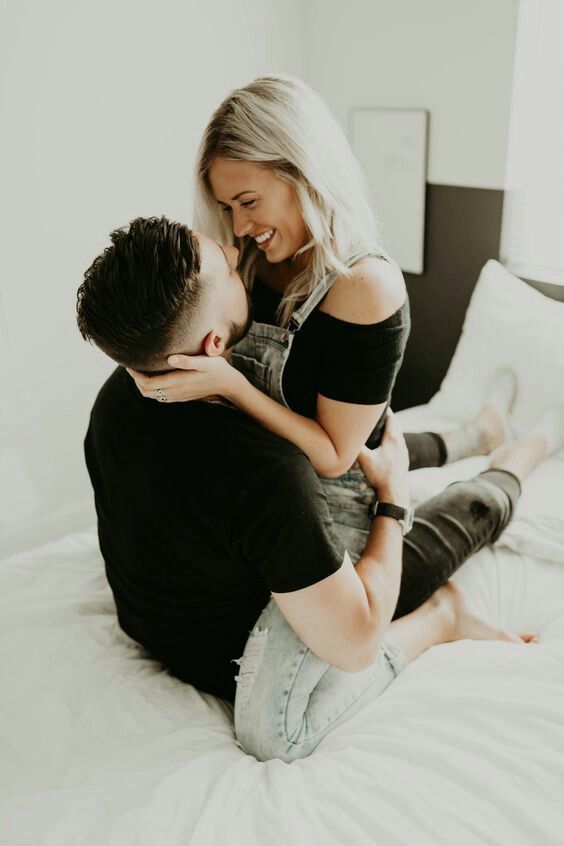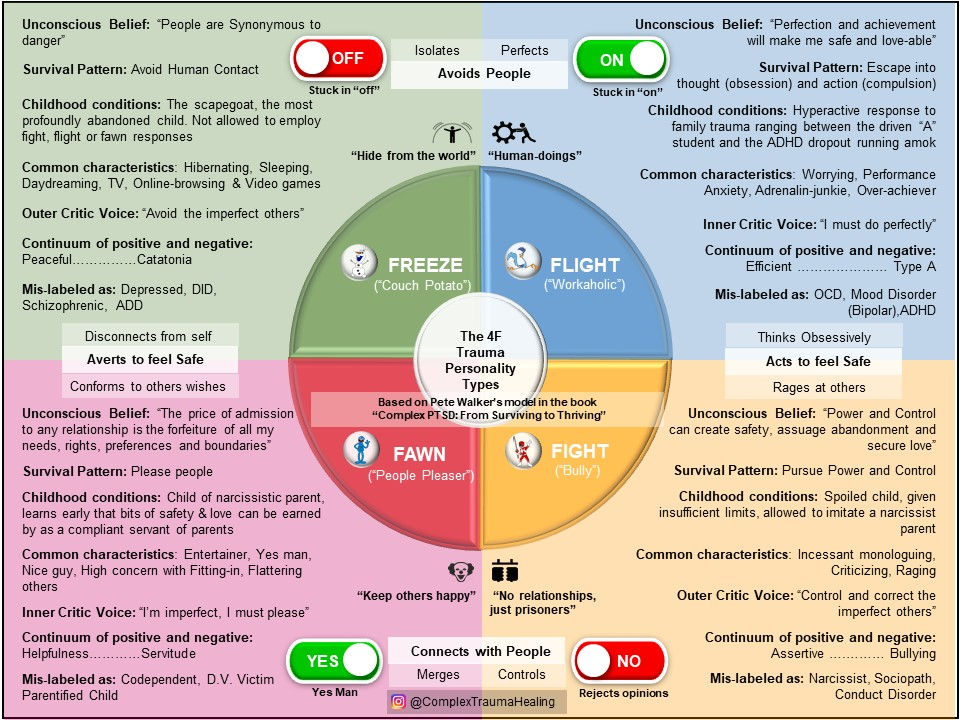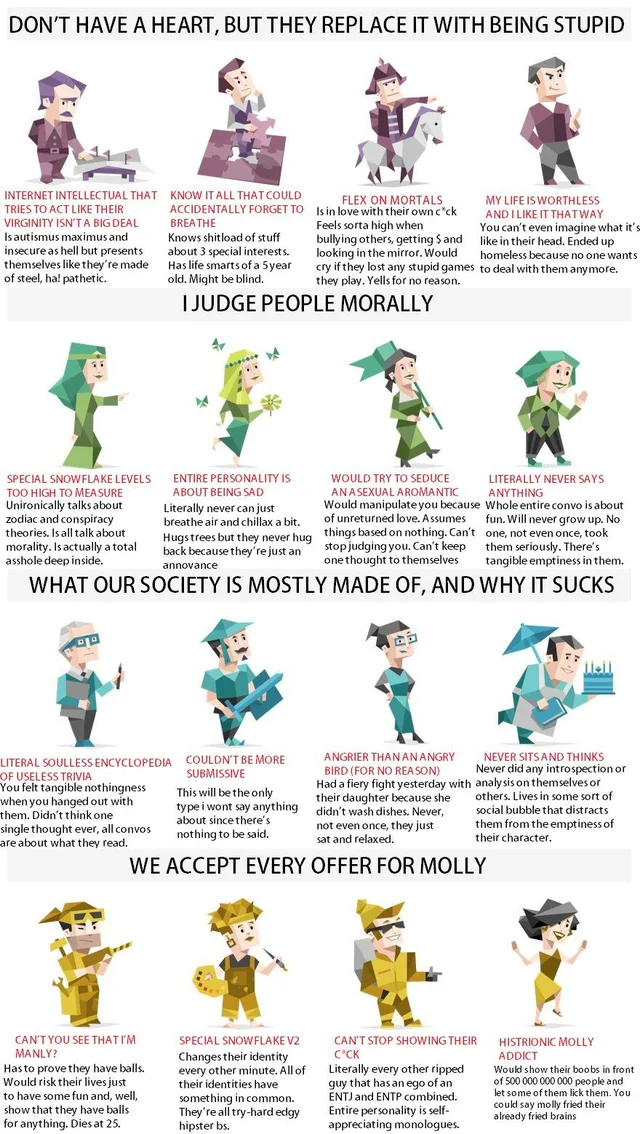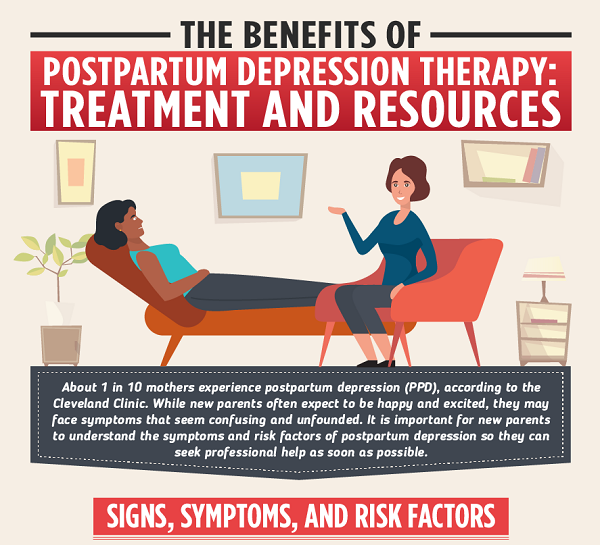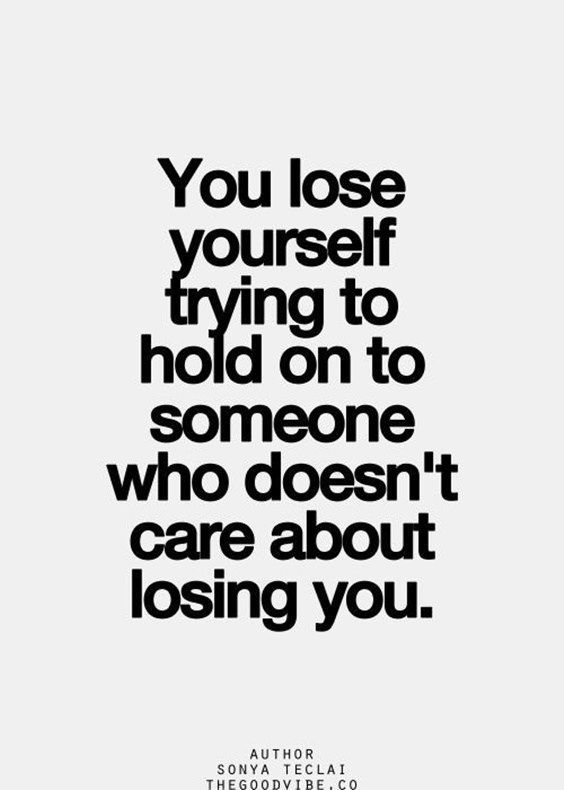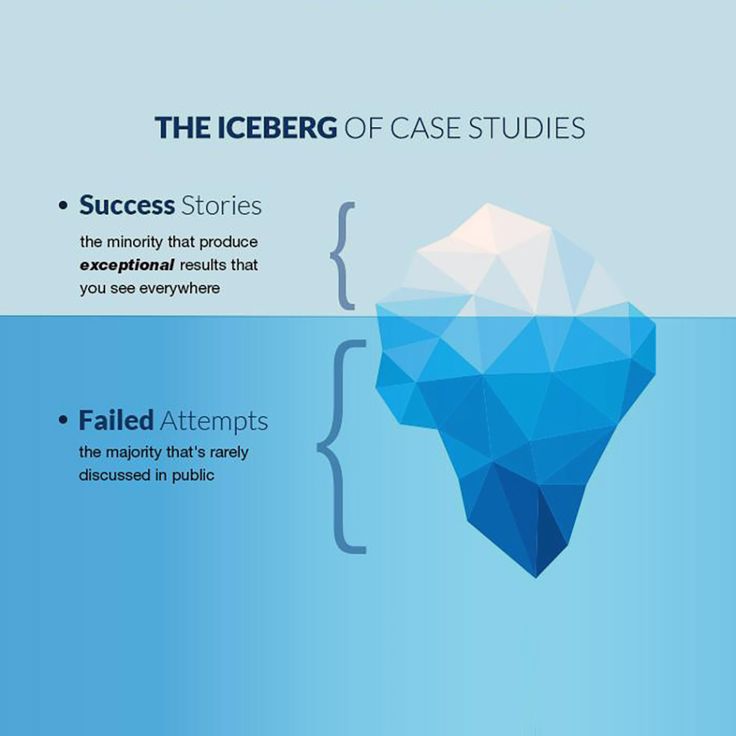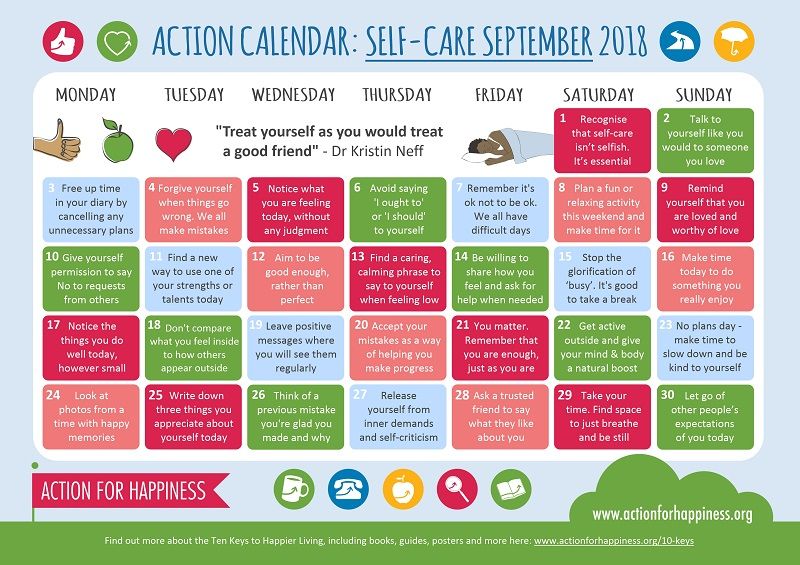Blanket for autism
Sensory Weighted Blankets For Kids With Autism
The experiences of autistic children are unique to each individual child, so many parents find it challenging to understand their needs. For some situations, there are no answers, but thankfully, through advocacy, resources are becoming more and more accessible.
One of the challenges experienced by parents of autistic children is difficulty around their child’s sleeping. This may in part be due to their sensory needs not being met or hyperactivity in the brain that makes it difficult for them to sleep.
Some children on the spectrum constantly require deep pressure tactile input to meet their proprioceptive needs. The proprioceptive system exists in our muscles and joints and provides us with body awareness as well as detecting pressure i.e. it tells our muscles how much force is required to perform certain activities. Proprioception also assists with self-regulation, body posture, and coordination, to name a few.
Download your FREE ultimate guide to the best
Sensory Weighted Blankets
Download your FREE Guide
Children with proprioceptive dysfunction often seek out sensory input such as jumping, stomping, crashing into walls, or being wrapped around in a blanket or hugged. For this reason, weighted blankets are wonderful inventions designed to assist children with sensory needs. The best part is that most types of sensory blankets offer just the right amount of weight that your child needs to fulfill their sensory needs.
Let’s dive in to learn more about weighted blankets and offer some tips for choosing the best-weighted blanket for your autistic child.
What does a weighted blanket do for you?
A weighted blanket, also known as autism or sensory blanket, is filled with materials that apply deep pressure stimulation on those wearing it. They are often filled with glass beads, cotton, or other materials to apply weight to the body which gives a sense of security and relaxation.
Sometimes weighted blankets are referred to as gravity blankets. They can be used to aid sleep but can also provide anxiety reduction in the daytime.
How do weighted blankets work?
The human body is a very sensitive instrument that responds to touch and pressure.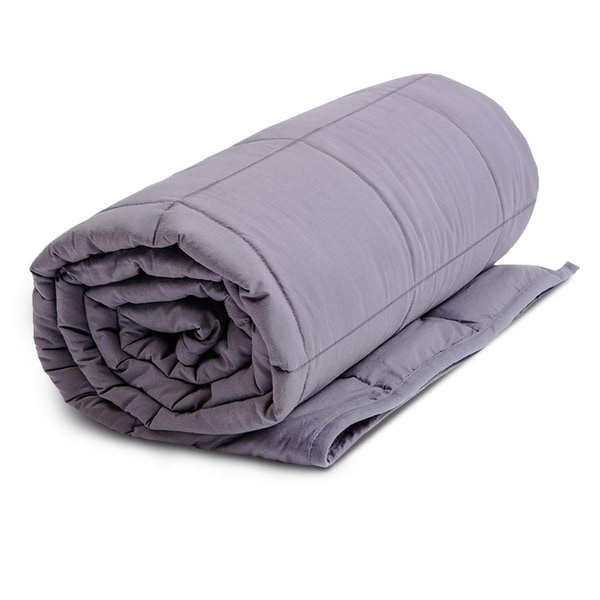 In the same way that a baby can be soothed when it is picked up, the human body can also be soothed by applying deep pressure stimulation.
In the same way that a baby can be soothed when it is picked up, the human body can also be soothed by applying deep pressure stimulation.
When we apply a weighted blanket or vest, the body releases oxytocin in the same sense way as it does when we are hugged or held like a baby. While some people are open to being hugged, those with autism or sensory processing issues may not be and so this kind of blanket is an ideal thing to use.
What are the benefits of a weighted blanket for kids with autism?
We all know the impact it can have when we are sleep-deprived. We become overly emotional and have difficulty concentrating. For children with autism or other kinds of special needs, this is even more pronounced.
Many children with an autism spectrum disorder (ASD) struggle with sensory issues including sensory processing disorder (SPD). This can appear in the form of difficulty processing sensory input of the five senses as well as internal emotions. Often this can create anxiety and problems with sleep.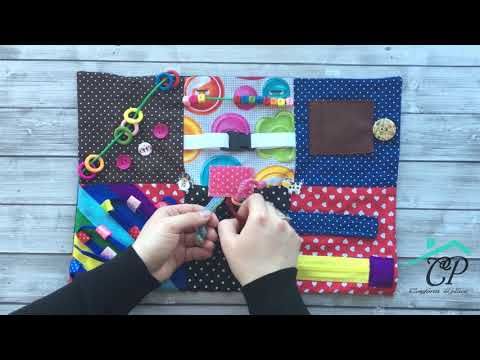
Parents might wonder what to do when their child gets stuck in the cycle of anxiety causing sleep dysregulation and vice versa. Holistic options are often more favorable over medication for many families.
Don't miss out on our special offer.
Click
here to find out more
Research has shown that weighted blankets are beneficial for:
- Anxiety reduction
- Better sleep quality
- Deescalation of meltdowns and sensory overload
- Release of serotonin which is needed to create melatonin for sleep
- The release of oxytocin gives a sense of security and warmth
- Reduces stress hormones in the body
- Calms nervous system
- Children who don’t like to be hugged
Best weighted blankets for kids with autism
If you are looking for where to buy weighted blankets, we’ve compiled a list of suppliers that are suitable for those with special needs. We evaluated each blanket in accordance with the sensory needs of autistic children. Please note Autism Parenting Magazine will receive an affiliate commission for products purchased using our affiliate link. Many of the below options come with free shipping in the USA.
Please note Autism Parenting Magazine will receive an affiliate commission for products purchased using our affiliate link. Many of the below options come with free shipping in the USA.
Weighted blankets by type
Pattern weighted blankets
Kids blanket with special designs
The thing we like about weighted blankets from Mosaic is they have particularly special designs for kids, making bedtime fun. All the blankets use pellets that are 100% non-toxic. You can get eight lbs or 10 lbs versions of most blankets.
A unique neck cut out design
Sleep tight with cut out neck design
Often kids with sensory needs are sensitive not only to the fabric of the blanket but also its layout. What we like about this kids weighted blanket is that it has been designed by an occupational therapist to have several features including a curved neck cut out at the top which allows it fit smoothly over the shoulders and chin without placing the blanket over the head. Parents often report its ability to deescalate meltdowns. Weight is available in 5 lbs all the way up to 25lbs. Both waterproof and soft covers are available depending on your childs sensory needs.
Parents often report its ability to deescalate meltdowns. Weight is available in 5 lbs all the way up to 25lbs. Both waterproof and soft covers are available depending on your childs sensory needs.
Wipe clean sensory blanket
Wipe clean blanket
With this pressure blanket you get the benefit of something that is easy to clean, with no washing required. Not only is it waterproof, breathable and tear resistant, it also features the special design listed above with the neck cut out for sensory issues.
Soft fabric blanket design for sensory issues
Soft fabric design
This soft design is great for kids with sensory seeking or over-responding issues. Children with autism generally feel quite cozy in this design by providing sensory input. It has a weight of 3 lbs and is machine washable, unlike other similar blankets.
Animal lap pads
Animal lap pad
While these are not strictly weighted blankets, we wanted to include them here because they are both cute and practical. They employ the same deep pressure techniques as an autism weighted blanket. Having your child use one of these while sitting can help in grounding to improve calm and focus
They employ the same deep pressure techniques as an autism weighted blanket. Having your child use one of these while sitting can help in grounding to improve calm and focus
Cost-friendly weighted blankets
IIn this section, we evaluated blankets that had the benefits of soothing sensory needs while not being highly priced
The Snuggle weighted sheet
Snuggle sheet $40.99
If you are looking for the effectiveness of a weighted blanket without spending a fortune, this is for you. The snuggle sheet can be applied over a regular blanket providing compression with a hug-like feel.
Washable weighted blanket
Washable blanket $82.99
This is the most affordable regular blanket designed for special needs children that we could find. Prices start at $82.99.
Daytime drape weighted blanket
Daytime drape and all purpose blanket $89.99
Starting at $89.99 for 5lbs, this blanket is great for sensory needs and promoting sleep.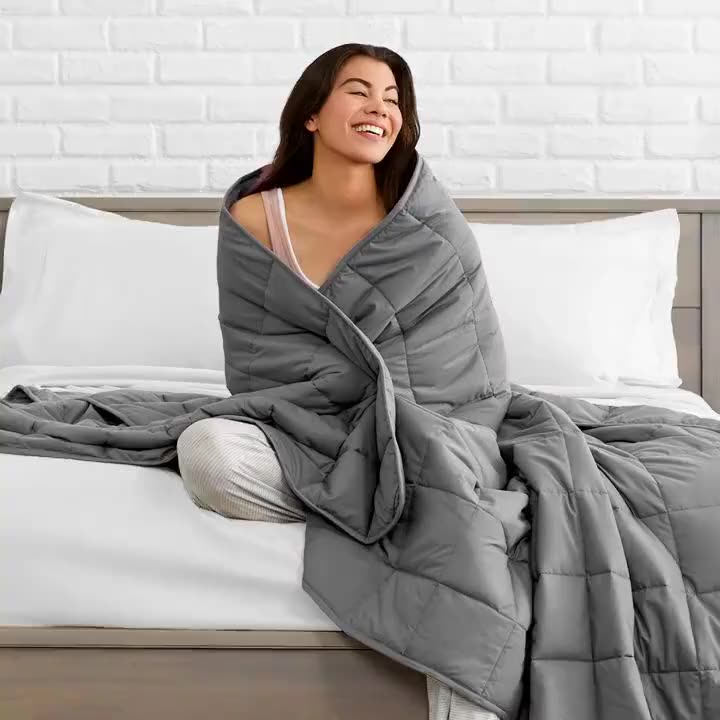 It can be draped around the shoulders during the day or used for naps and bedtime.
It can be draped around the shoulders during the day or used for naps and bedtime.
Download your FREE ultimate guide to the best
Sensory Weighted Blankets
Download your FREE Guide
FAQ – Weighted blanket frequently asked questions
How heavy should a weighted blanket be?
To some extent, this is a matter of preference, but as a general rule, we can say that it’s good that the blanket weight is approximately 10% of the weight of the individual’s body weight plus a couple of lbs.
Can a weighted blanket be too heavy?
Yes, it is possible for the weight to be too much. Children should be able to remove the blanket without assistance.
What size weighted blanket should I get?
It is important to be comfortable when sleeping, so a blanket for sleeping should cover the user’s feet, legs, and abdomen. For daytime or general sensory blankets, the size can be smaller. One thing to bear in mind when considering younger children is the size of the bed and to accommodate for growth.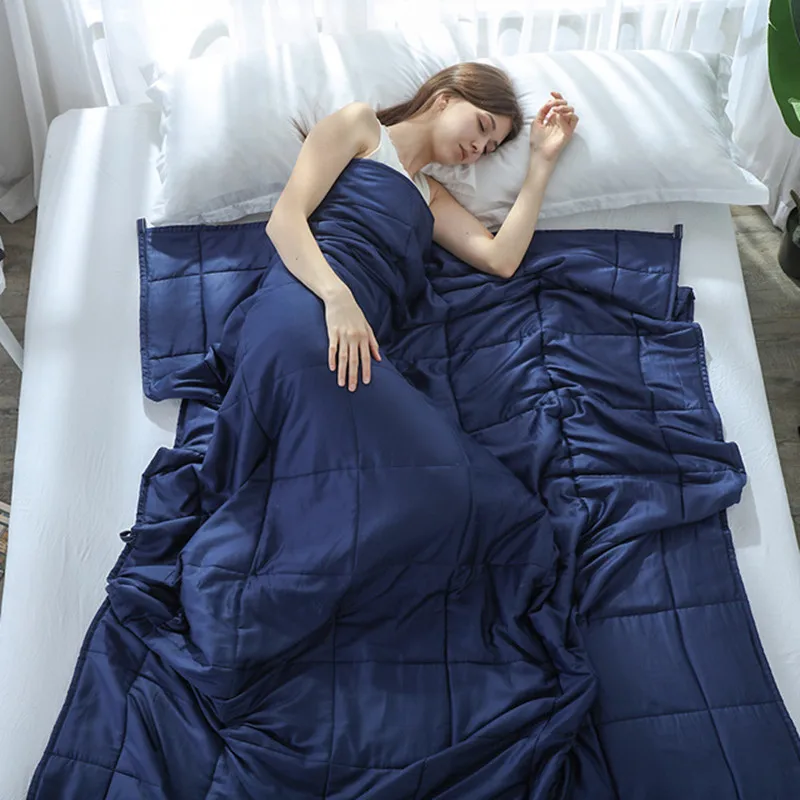
Do weighted blankets really work?
According to many parents, the answer is yes. Many of the products mentioned above have reviews where parents comment on their effectiveness.
As for scientific research on weighted blankets, a study involving Dr. Temple Grandin published in the American Journal of Occupational Therapy assessed that the use of deep pressure stimulation resulted in a significant reduction in anxiety. Similar research on attention deficit hyperactivity disorder (ADHD) and sleeping problems concluded that the use of ball blankets “is a relevant and effective treatment method with regard to minimizing sleep onset latency”.
How do I choose a weighted blanket?
If you are finding it difficult to choose, we’ve put together some tips of things to consider before buying.
How do I choose pattern and color?
Firstly if you are trying to get a child to use a weighted blanket, it is important that they like the design and feel relaxed under the blanket.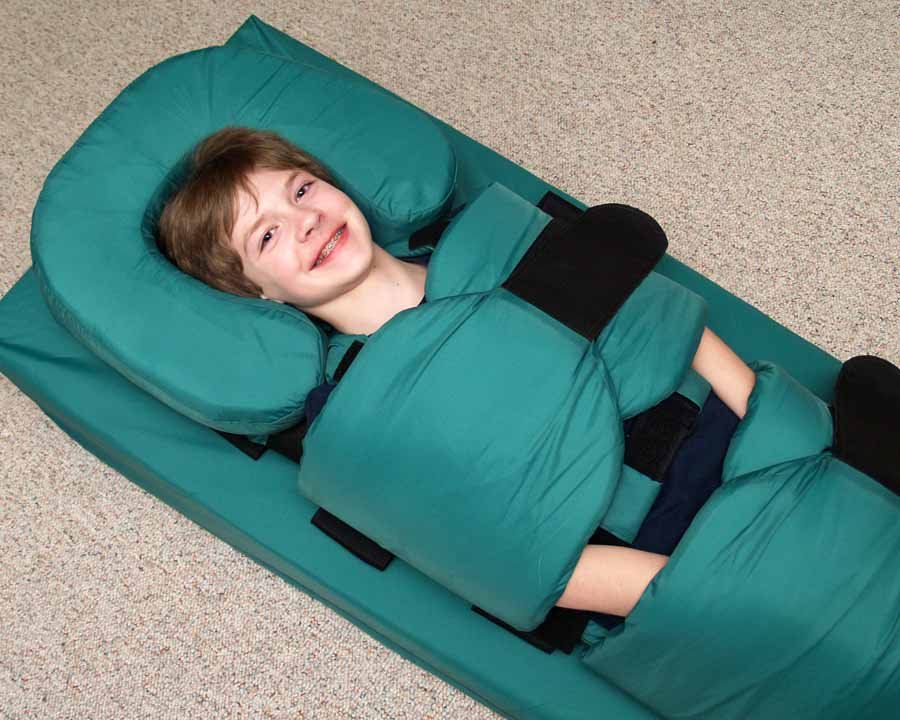 Try asking your child for their opinion or go by colors and patterns they’ve liked in the past.
Try asking your child for their opinion or go by colors and patterns they’ve liked in the past.
Which texture is best for my child?
Depending on a child’s sensitivity it is good to consider what kind of textures they are reactive to. While some weighted blankets are waterproof, the material may be triggering to an autistic child. It can be good to consider the use of a cover that fits with specific sensory needs.
There are many different types of weighted blankets made in a variety of materials including cotton, antimicrobial fabrics, mink, chenille, fleece, cooling fabrics, and waterproof fabrics. Quilted weighted blankets are also available.
Which design and weight distribution is best?
Most of us have become accustomed to blankets being rectangular-shaped and are used to the blanket either going over our heads or curled up around the shoulders. To a child on the autism spectrum, this may cause an additional sense of discomfort. It is worth considering some of the special designs where there is a neck shape cut out of the blanket and weight is distributed over the body rather than equally over the blanket.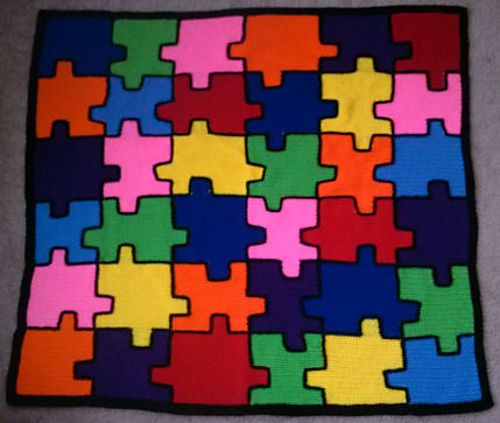
Are washable weighted blankets best?
It is good to check whether the weighted blanket can be washed, some can simply be wiped down but others need to be hand washed or dry cleaned.
Are weighted blankets safe?
Be sure to check the supplier uses a filling that is safe such as glass beads or cotton. Some manufacturers use fillings such as lead which are toxic to the body.
What are the alternatives to weighted blankets?
For reducing anxiety in the daytime, some parents have also benefited from the use of special autism clothing and/or a weighted vest for autism sensory issues. You may also want to consider creating a special sensory space or bedroom and possibly the use of essential oils or supplementation like melatonin.
In summary
The choice of weighted blankets can feel like a complicated and strenuous exercise, especially when considering your child’s specific needs. So take it easy! You don’t have to make a decision right away.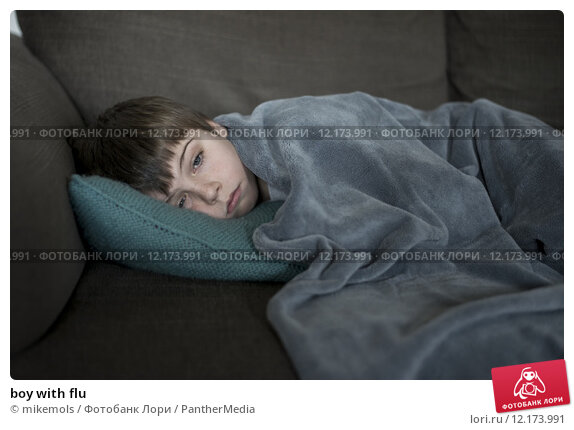 Very often, making the choice of material or pattern is easier by looking at the type of clothing your child tolerates, or the materials or items your child tends to use to satisfy their sensory needs.
Very often, making the choice of material or pattern is easier by looking at the type of clothing your child tolerates, or the materials or items your child tends to use to satisfy their sensory needs.
Before looking at the bigger picture, break it down into parts. You’ve got this!
Autism Sleep Problems: Help Your Child Get a Restful Night
Read More
A Guide to Autism Sleep Aids
Read More
Autism Sleep Medication: Is it Safe and Beneficial?
Read More
HELP: My Child With Sensory Issues Has Trouble Sleeping Alone
Read More
How to Help Your Child With Autism Get to Sleep
Read More
Innovative Device May Help Your Child With Autism Sleep Better
Read More
How Does Autism Affect Sleep In Some Children?
Read More
Autism Assistance Dog – 10 Ways they Can Help Your ASD Child Sleep
Read More
Sensory Weighted Blankets For Kids With Autism – The Ultimate Guide
Read More
Valuable Ways Rhythms Can Help People With Autism Get To Sleep
Read More
A Closer Look at Sleep Disorders with Autism
Read More
Simple Tools to Help Your ASD Child Sleep Better Now
Read More
Benefits and Where to Buy One
We include products we think are useful for our readers.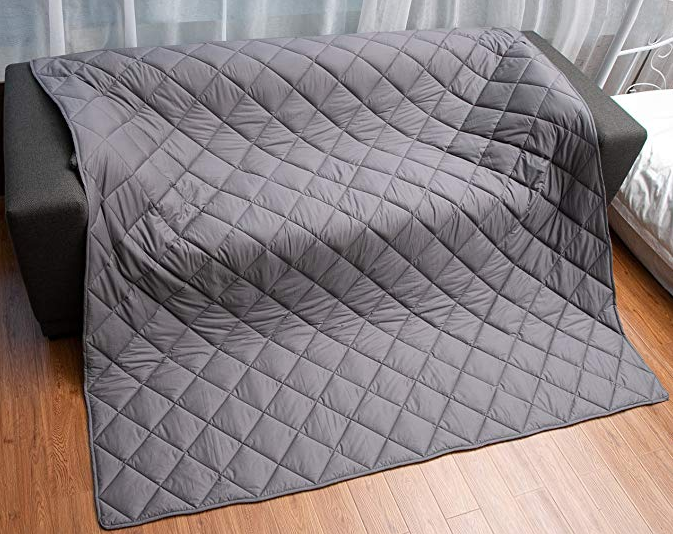 If you buy through links on this page, we may earn a small commission. Here’s our process.
If you buy through links on this page, we may earn a small commission. Here’s our process.
Healthline only shows you brands and products that we stand behind.
Our team thoroughly researches and evaluates the recommendations we make on our site. To establish that the product manufacturers addressed safety and efficacy standards, we:
- Evaluate ingredients and composition: Do they have the potential to cause harm?
- Fact-check all health claims: Do they align with the current body of scientific evidence?
- Assess the brand: Does it operate with integrity and adhere to industry best practices?
We do the research so you can find trusted products for your health and wellness.
Read more about our vetting process.What is a weighted blanket?
A weighted blanket is a type of blanket equipped with evenly distributed weights. These weights make it heavier than a typical blanket and provide pressure and possibly a sense of security to the people who use them.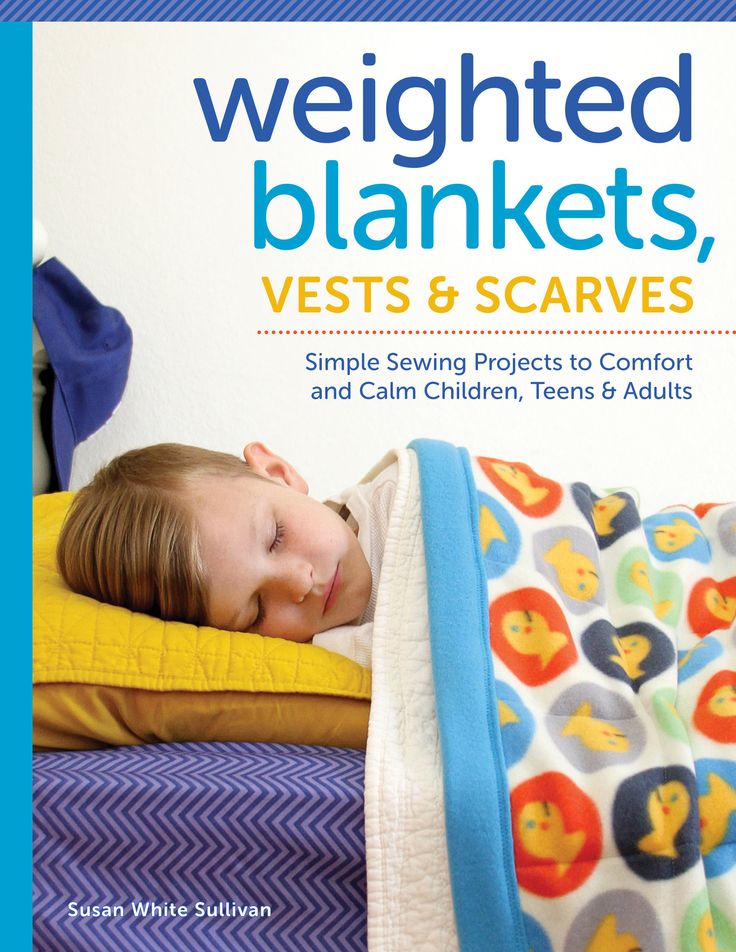
In the autism community, weighted blankets are often used by occupational therapists (OTs) to help calm or comfort restless or stressed individuals. They’re also used to help with the sleep and anxiety issues that are common in people with autism spectrum disorder.
OTs and their patients alike seem to generally prefer the use of weighted blankets to regular blankets. However, the science-based benefits — and more specifically, benefits for autistic children— are significantly less clear. Read on to learn more.
There is a lack of research into the direct use of weighted blankets as a calming tool or sleep aid in children. Most studies instead cite results of a 1999 study regarding the benefits of deep pressure stimulation using Temple Grandin’s “hug machine.” (Temple Grandin is an autistic adult and an important advocate for the autism community.)
The 1999 study, as well as more recent studies, found deep pressure stimulation to be beneficial to autistic people. However, no studies have shown that weighted blankets actually provide deep pressure stimulation.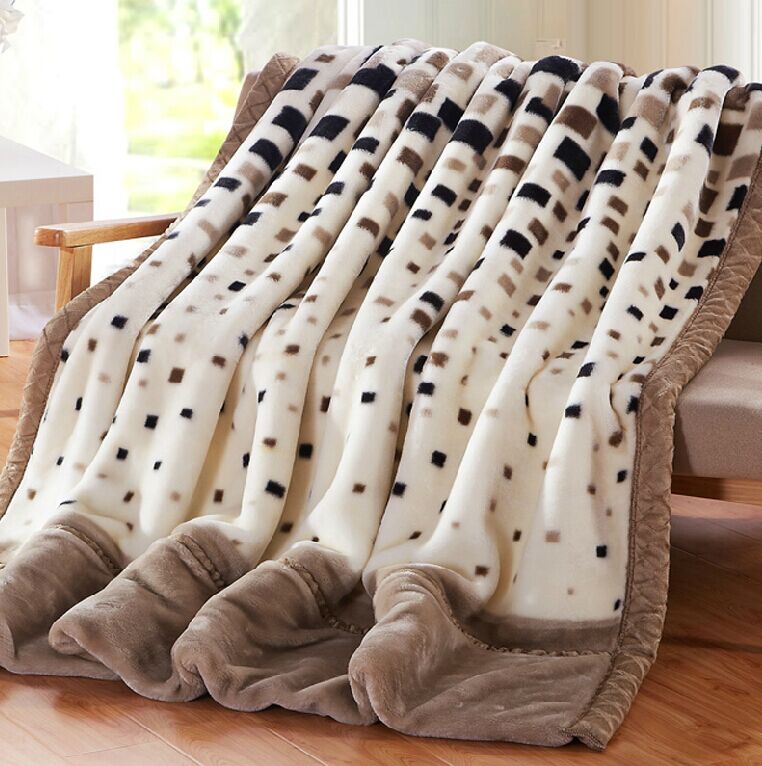 Instead they draw parallels between the sort of pressure the hug machine provided in the study and the fact that more weight must mean more pressure.
Instead they draw parallels between the sort of pressure the hug machine provided in the study and the fact that more weight must mean more pressure.
The largest autism/weighted blanket-specific study included 67 autistic children, ranging in age from 5 to 16 years old. Participants with severe sleep disorder showed no significant improvement in objective measurements of total sleep time, time to fall asleep, or frequency of waking.
Subjectively, however, both the participants and their parents preferred the weighted blanket to the normal blanket.
Though positive studies in children are lacking, one study in adults showed a 63 percent reduction in self-reported stress. Seventy-eight percent of participants preferred the weighted blanket for calming. Though this is subjective, the study also monitored vital signs and measured symptoms of distress. Researchers used this information to determine that the weighted blankets were safe.
A Canadian school-based fatality attributed to improper use of a weighted blanket on an autistic child in 2008 led the Autism Society of Canada to issue a warning about weighted blankets.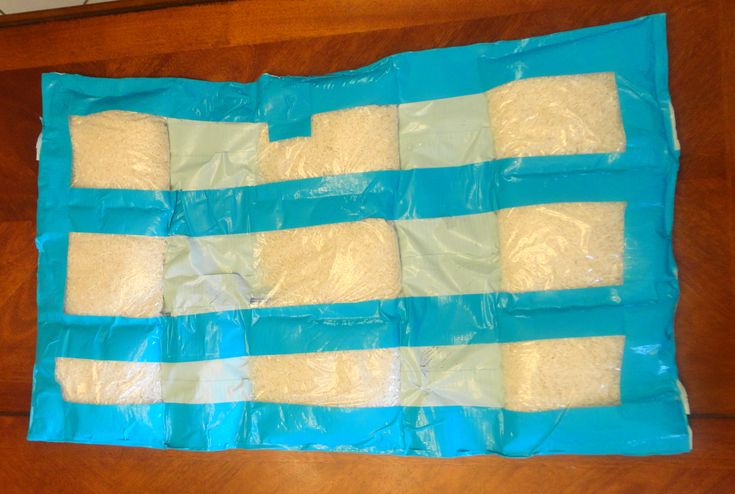 The memo provided guidelines for the safe use of weighted blankets as both sleep aids and stress relievers.
The memo provided guidelines for the safe use of weighted blankets as both sleep aids and stress relievers.
Further studies are needed to provide a direct link between deep pressure stimulation studies and weighted blankets.
Weighted blankets have been used for decades in the OT field, and both OTs and participants in numerous studies prefer them.
Someone who prefers a specific blanket might be more relaxed using it. OT and parent testimonials indicate positive results, so there’s reason to believe that the blankets might be beneficial. Future studies might be designed to further investigate this.
When it comes to how much your weighted blanket should weigh, there are some general guidelines. “Most people recommend 10 percent of the person’s body weight, but research and experience has shown that number is closer to 20 percent,” says Kristi Langslet, OTR/L.
Most blanket manufacturers also have guidelines for safe use and proper sizing of the blankets.
Weighted blankets can be found online from multiple outlets. These include:
These include:
- Amazon
- Bed Bath and Beyond
- The Weighted Blanket Company
- Mosaic
- Sensacalm
Research has found weighted blankets to be safe for adults, but so far nothing has been found to suggest they’re significantly therapeutic for autistic children. OTs, parents, and participants in studies show a clear preference for the weighted blankets versus their counterparts. You may find it worthwhile to try a weighted blanket and see if it eases symptoms of anxiety and sleeplessness.
Weighted blanket: differences and impact on children with special needs
Weighted blanket: differences and effects on children with special needs - PRO AUTISM Reading time: 4 min.This article is based on research, that is, it has scientific evidence. Numbers in brackets (1, 2, 3) are active links to publications of peer-reviewed studies. nine0006 Weighted blanket for a child with autism
Read: 9 161
While weighted blankets are effective for many disorders, such as depression , anxiety disorder, sleep disorder, post-traumatic stress disorder, attention deficit hyperactivity disorder (ADHD), this article focuses on the benefits of weighted blankets for children with autism .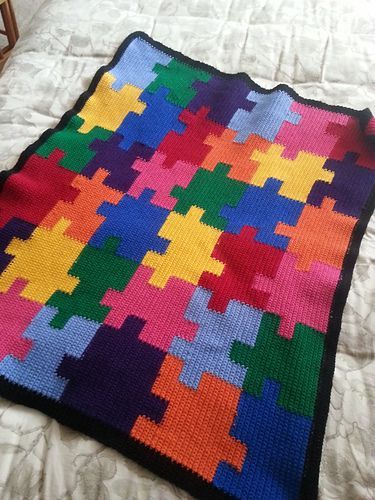
Some parents use pharmacological interventions, while others turn to the weighted blanket as a non-medical sensory intervention that supports regulation in children. nine0006
The weighted blanket can be used for a child with autism, an adult or a toddler. It is only necessary to take into account that when a person's weight changes, the blanket must also change.
What is a weighted blanket?
Weighted Blanket is a blanket with extra weight.
Blanket weight provides proprioceptive or deep sensory pressure on your entire body which helps regulate central nervous system and promotes relaxation and sleep improvement . The central nervous system responds to the deep pressure of the weighted blanket by releasing serotonin and melatonin and lowering the level of the stress hormone cortisol .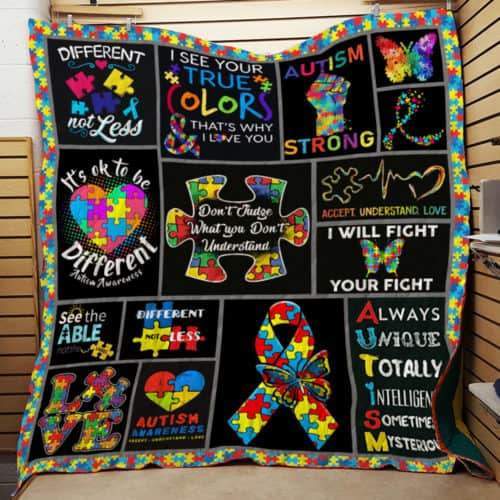 We know that melatonin plays an important role in regulating the circadian rhythms that affect our sleep/wake cycle. Serotonin is a hormone that regulates mood and functions of the central nervous system. By increasing these hormones, it has been proven that a weighted blanket improves mood and has a positive effect on sleep .
We know that melatonin plays an important role in regulating the circadian rhythms that affect our sleep/wake cycle. Serotonin is a hormone that regulates mood and functions of the central nervous system. By increasing these hormones, it has been proven that a weighted blanket improves mood and has a positive effect on sleep .
How weighted blankets differ
There are many differences between weighted blankets. When first looking at the weighted blankets available on the market, they range from homemade specialty items and custom designs to mass production. Some weighted blankets are specifically designed for children, while others are targeted at the adult market.
1. Weight
The first difference is weight .
When choosing a weighted blanket, you need to choose one that will be
10% of the weight plus 500 grams - 1 kg. If you are buying for your child who weighs 20 kg, then a 2.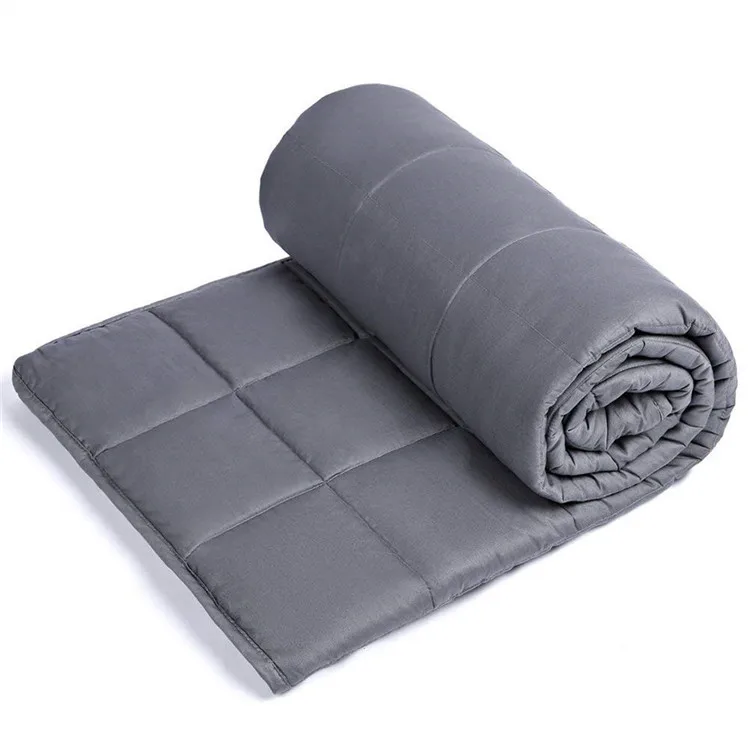 5 kg or 3 kg blanket would be ideal.
5 kg or 3 kg blanket would be ideal.
2. Filler
Another difference is filler , which is what is used to make the blanket heavier. Most companies in the US use rice, polyethylene, plastic granules , and more recently glass balls , buckwheat hulls and plastic balls are used in Russia, Himalayan salt and plastic balls in Ukraine.
The content of the weighted duvet affects washability and durability.
The most common weighted duvet fillings are plastic balls on the left, glass beads on the right3. Material
Weighted duvets also differ in the material used (fabric and texture) on the duvet cover or the duvet itself. The sensory experience of covering a blanket is really important if the person using the blanket is sensitive to certain fabrics. A wide choice of fabrics such as cotton, flannel, plush, microfiber, waterproof fabric, etc. will allow you to choose the appropriate option for your child.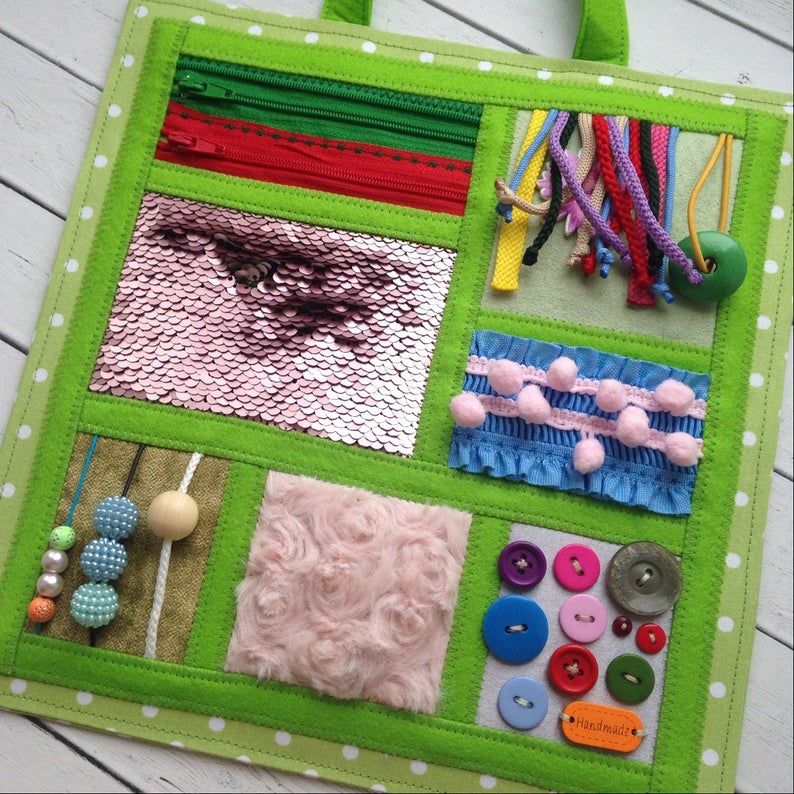 nine0006
nine0006
Choose something that suits your child's sensory preferences without being too distracting.
The printed cartoon weighted blanket may be too addictive for baby to promote calm and relaxation! Similarly, the fabric should be cozy and soothing, not scratchy and stiff if you want your child to love sleeping under a weighted blanket.
Also available with double coating, eg one side is plush with pimples, the other side is smooth. nine0006
4. Color
Sometimes color is important for children with autism. It's good that now there are no problems with this and you can order a blanket of any color, and even on one side - one color, on the back - another color. Buy a duvet with an extra duvet cover. This contributes not only to the durability of the blanket, but also to the change of color if necessary.
Two-color weighted blanket5. Additional options
Another difference between modern weighted blankets is the presence of heating or cooling - heat removal.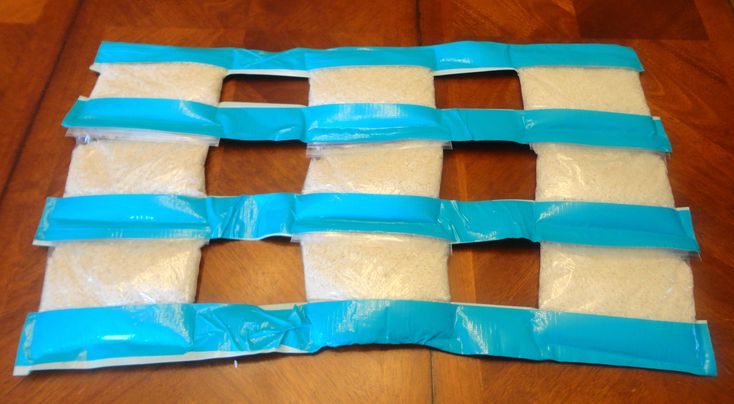 nine0006
nine0006
What are the benefits of weighted blankets for children with autism?
Often parents who are raising children with autism have to lie with or on them when the children fall asleep. This is deep touch pressure in action.
The weighted blanket causes the same deep pressure, which eliminates the need for many parents to hug their child until he falls asleep!
Better sleep
This is the main reason why parents usually buy their child a weighted blanket. Children with autism often have trouble sleeping, so parents are usually very happy when they learn how a weighted blanket can help. nine0006
Weighted blankets due to deep pressure help the body release more serotonin. Serotonin is an important chemical when it comes to feeling calm and stable. Children with autism often have low levels of serotonin.
The release of serotonin not only helps the child feel calmer, but is also necessary for the production of melatonin in the body.
Melatonin, quite simply, is a chemical that your body uses to tell itself it's time for bed.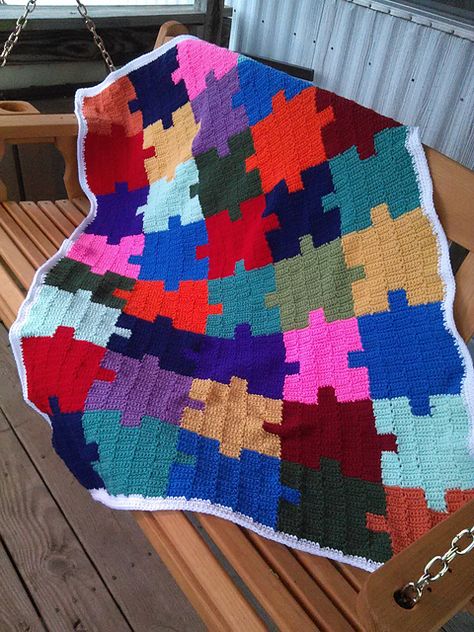 It is usually based on the current sleep schedule. However, because children with autism generally do not produce melatonin very well on their own, it is difficult for them to know when it is time to go to bed
It is usually based on the current sleep schedule. However, because children with autism generally do not produce melatonin very well on their own, it is difficult for them to know when it is time to go to bed
Many parents give their child a melatonin supplement, but the alternative is to try a weighted blanket.
Another reason a weighted blanket helps improve sleep is that it calms the nervous system and has been shown to reduce anxiety.
Improves the transition to another activity
A weighted mat (mini blanket) placed on your knees can be a good way to improve the transition from one activity to another and relieve arousal. nine0006
The teacher used a weighted mat in class when the children came home from recess. Often children come in very excited, and it can be difficult to get them to sit down and concentrate. The teacher dimmed the lights and used the blanket for 5-10 minutes to help the children get ready for the lesson.
This rug can also be used in other occasions: at home when your child comes home from school; after playing outside or after a tiring ride.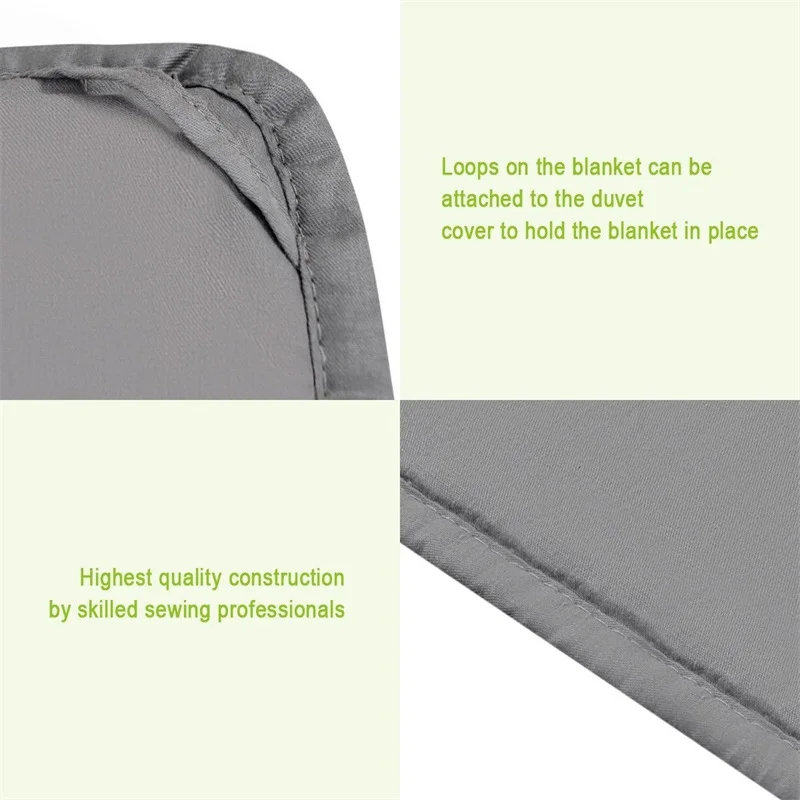
One of the most difficult transitions that parents of children with autism note is from wakefulness to sleep, that is, getting them to go to sleep. Weighted blankets can be used as bedtime preparations. For example, you can place a weighted blanket over your child while you read a story to them. Thus, a weighted blanket can become a symbol that it's time to get ready for bed. nine0006
Sensory Saturation
Although children with autism are not the only ones with sensory processing impairment, a weighted blanket can be an excellent sensory tool.
For many children with ASD or Sensory Processing Disorder
(SPID), sensing where their body ends can be an important point in developing awareness and body mapping.
In addition to the weight, you can also benefit from the fabric. For example, these points give him an additional sensory input. The soft fabric and the dots and weight of the duvet make it a great choice for satiating. And it's a blanket that you can take with you, whether it's to the movies, to the car, or anywhere else.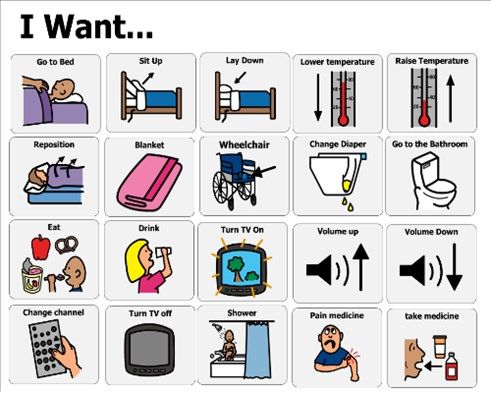 nine0006
nine0006
Improves classroom behavior
One study found that deep sensory pressure positively affected children's behavior when completing written tasks . Another study found that children with autism behave better at their desks when using a weighted blanket or mat.
Weighted Blanket has also been shown to reduce self-stimulating behaviors such as fidgeting and increase concentration and focus. nine0006
Author: Vitrenko Svetlana
Top 5 articles of the section
Is weighted blanket good for autism?
Contents
- What is a weighted blanket?
- What does science say?
- What are the benefits?
- What size duvet is right for me?
- Where can I buy a weighted blanket? nine0179
- Summary
What is a weighted blanket?
A weighted blanket is a type of blanket equipped with an evenly distributed weight. These weights make it heavier than a regular blanket and create pressure and possibly a sense of security for the people who use them.
In the autistic community, occupational therapists (OTs) often use weighted blankets to help calm or comfort people who are anxious or stressed. They are also used to address sleep problems and anxiety, which are common in people with autism spectrum disorders. nine0006
Both OTs and their patients generally prefer the use of weighted blankets over conventional ones. However, the evidence-based benefits—and the benefits for autistic children in particular—are much less clear. Read on to find out more.
What does science say?
There is not enough research on the direct use of weighted blankets as a sedative or sleep aid in children. Instead, most studies cite study results 1999 dedicated to the benefits of deep pressure stimulation using Temple Grandin's "cuddle machine". (Temple Grandin is an autistic adult and an active advocate for the autistic community.)
A 1999 study and more recent studies have shown that deep pressure stimulation is beneficial for autistic people.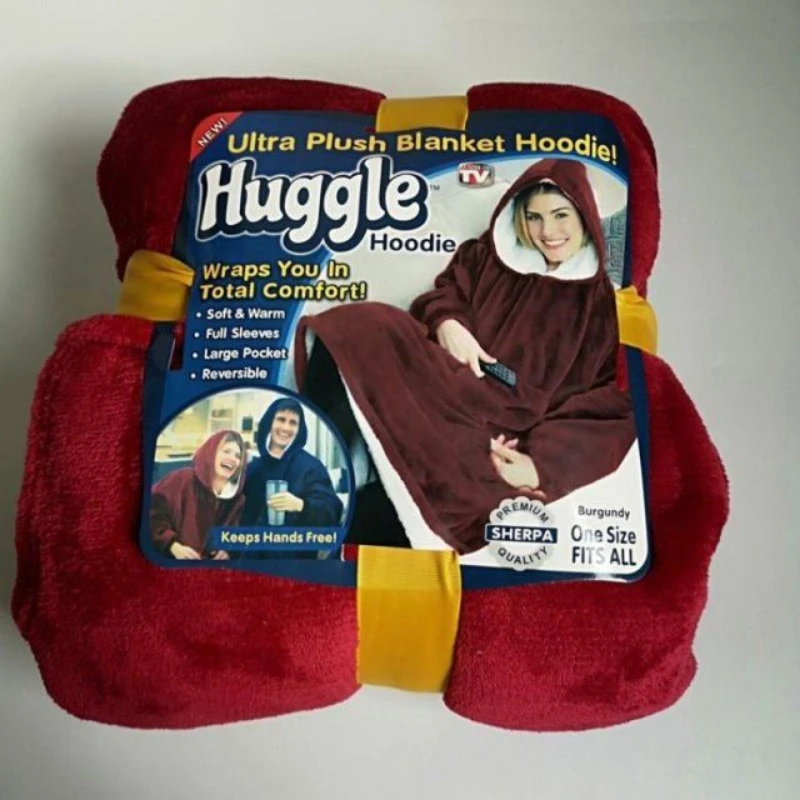 However, no studies have shown that weighted blankets actually provide deep pressure stimulation. Instead, they draw parallels between the pressure exerted by the hugging machine in the study and the fact that more weight should mean more pressure. nine0006
However, no studies have shown that weighted blankets actually provide deep pressure stimulation. Instead, they draw parallels between the pressure exerted by the hugging machine in the study and the fact that more weight should mean more pressure. nine0006
The largest autism/weighted blanket study included 67 children with autism aged 5 to 16 years. Participants with severe sleep disturbance did not show significant improvement in objective measures of total sleep time, time to fall asleep, or frequency of awakening.
Subjectively, however, both the participants and their parents preferred the weighted blanket over the regular blanket.
Although there are no positive studies in children, one study in adults showed a 63 percent reduction in self-reported stress. Seventy-eight percent of participants preferred a weighted blanket for comfort. Although subjective, the study also tracked vital signs and measured symptoms of distress. The researchers used this information to determine if weighted blankets are safe.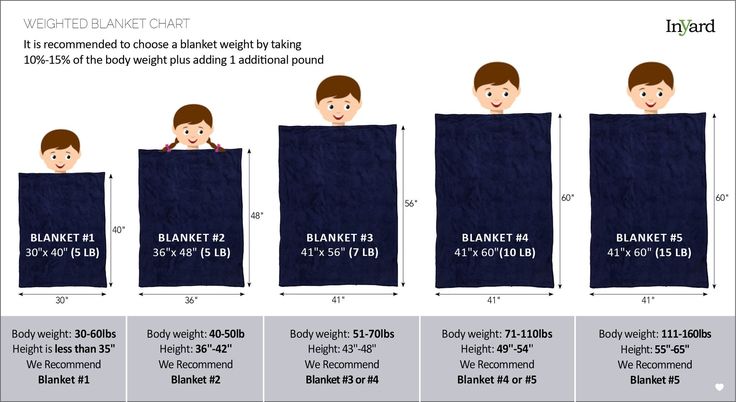 nine0006
nine0006
A fatality at a Canadian school linked to the misuse of a weighted blanket for an autistic child in 2008 prompted the Canadian Autism Society to issue a warning about weighted blankets. The memo included recommendations for the safe use of weighted blankets both as a sleep aid and as a stress reliever.
Further research is needed to establish a direct link between deep pressure stimulation studies and weighted blankets. nine0006
What are the benefits?
Weighted blankets have been used in the OT field for decades and are preferred by both OTs and participants in numerous studies.
Someone who prefers a particular blanket can be more relaxed when using it. OT and parental feedback are showing positive results, so there is reason to believe that blankets may be helpful. Future studies may be aimed at further exploring this issue.
What size duvet is right for me?
When it comes to how much a weighted blanket should weigh, there are some general guidelines.